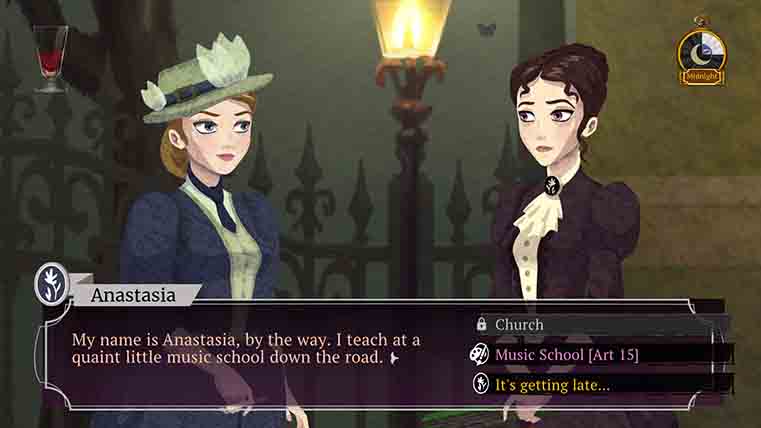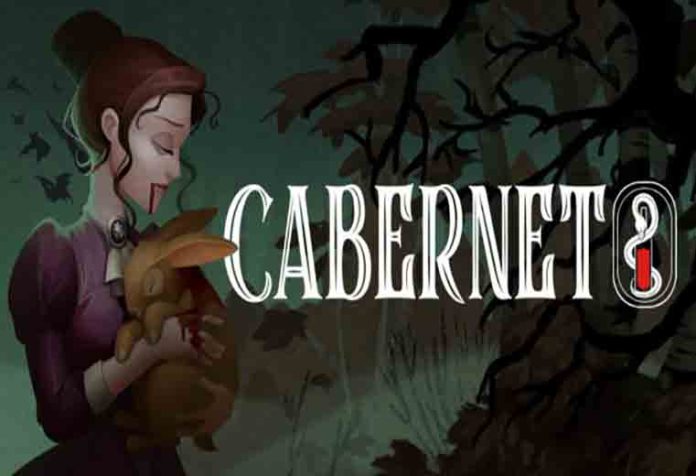The roots of hereditary monsters in Cabernet can be traced back to age-old myths and societal fears, intricately woven into the fabric of the vineyard’s rich history. These monstrous legacies emerge not merely as physical aberrations but as allegories for deeper anxieties surrounding lineage, legacy, and the environmental impacts of viticulture. The term “hereditary monster” itself evokes a spectrum of interpretations,from the literal distortions seen in grape varieties modified through fervent breeding,to the symbolic manifestations of greed and ambition that often accompany the wine industry.
Critically, the cultural and ecological implications of these monsters cannot be overlooked. influences contributing to the emergence of these figures include:
- Pestilence and Disease: The relentless fight against vineyard diseases often birthed hybrid monsters, showcasing nature’s resilience and man’s fragility.
- Climate Change: As the climate shifts, so to do the characteristics of Cabernet grapes, creating unexpected variations that challenge traditional perceptions.
- Societal pressures: The desire for status and prestige can induce winemakers to chase unattainable qualities, resulting in bottled experiences that betray their true essence.
The struggle between purity and experimentation thus crystallizes the narrative of hereditary monsters in Cabernet, provoking a fascinating dialog on what it means to truly embody the spirit of the grape.
Character Development: The Complexities of the Protagonists
At the core of Cabernet, the protagonists are painted with a broad brush of complexities that reflect the profound impact of familial legacies. Each character is intricately woven into a tapestry of contradictions, often struggling to break free from the psychological shackles of their ancestors. As an example, the protagonist, Maria, grapples with her mother’s looming presence, a haunting reminder of a lineage steeped in despair and violence. Her journey illustrates the balancing act between embracing heritage and carving out an identity in direct opposition to it. This internal conflict not only fuels her decisions but shapes her relationships, leading to a rich exploration of how personal history shapes modern realities.
Moreover, the narrative deftly explores the theme of inheritance, where the traits and traumas of one generation seep into the next. The intertwined stories of siblings Daniel and Clara showcase their divergent coping mechanisms in the face of shared horrors. daniel clings to the past, unable to confront the darkness that has pervaded his family, while Clara seeks liberation through confrontation and defiance. This juxtaposition raises crucial questions about the nature of monsters—are they born, or are they made? Through these compelling arcs, the characters invite readers to empathize with their struggles, shedding light on the broader implications of what it means to inherit not only legacies but also the expectations and burdens that come with them.
 Cinematic Techniques: Visual Storytelling in Cabernet
Cinematic Techniques: Visual Storytelling in Cabernet
In “Cabernet,” visual storytelling transcends mere frames, immersing viewers in an atmosphere laden with inherited dread. Through the meticulous use of color palettes and lighting,the film crafts a distinctive emotional landscape. The cinematographer employs a striking contrast between warm and cool tones, symbolizing the duality of family loyalty and the shadow of monstrous legacies. Shadow play becomes a crucial technique, often representing the characters’ internal struggles and the weight of past transgressions lurking in the background. Each scene meticulously positions light and dark to echo the themes of entrapment and inevitability, as if suggesting that the characters are always being watched—not just by the living, but by the ghosts of their lineage.
The purposeful framing and camera movements in “Cabernet” further enrich the narrative, revealing not just the physical surroundings but also the character’s psyche. Moments of tension are accentuated through close-ups that expose festering emotions, while wide shots evoke a sense of isolation that parallels the deep-rooted secrets the characters grapple with. The choice of angles adds another layer to the psychological tension; for instance, low angles can imbue antagonistic figures with an oppressive dominance, while high angles might evoke vulnerability in the protagonists. This masterful interplay between visual form and thematic substance ensures that every frame contributes vital context, unraveling the intricate legacy of hereditary monsters with haunting elegance.
 A Guide to Understanding Cabernet’s Cultural Impact and legacy
A Guide to Understanding Cabernet’s Cultural Impact and legacy
The cultural impact of Cabernet extends far beyond the vineyards and wine cellars, intertwining itself with literature, art, and even cinema.Writers and filmmakers have often drawn upon the grape’s rich tapestry of flavors and histories to symbolize complex narratives about life, love, and the darker aspects of human nature. As a global ambassador of sophistication, Cabernet Sauvignon has been depicted in various forms of media, often representing a duality of enjoyment and existential reflection. This has transformed the wine into a metaphor for personal and collective legacies, finding itself at the crossroads of indulgence and duty. It’s portrayal in pop culture reflects society’s evolving relationship with consumption and heritage.
Moreover, the legacy of this noble varietal is deeply rooted in communal experiences and social gatherings that transcend geographical boundaries. celebrations, rituals, and even moments of solitude are often accompanied by a glass of Cabernet, fostering connections among people. It serves as a catalyst for discussions around family and history, embodying traditions passed down through generations. The legacy of cabernet is also marked by its role in various movements, including sustainability in viticulture and localism, encouraging consumers to reflect on their choices and the environmental impact of their preferences. As such, Cabernet Sauvignon transcends its identity as merely a beverage, evolving into a symbol of heritage and a source of inspiration for future generations.









